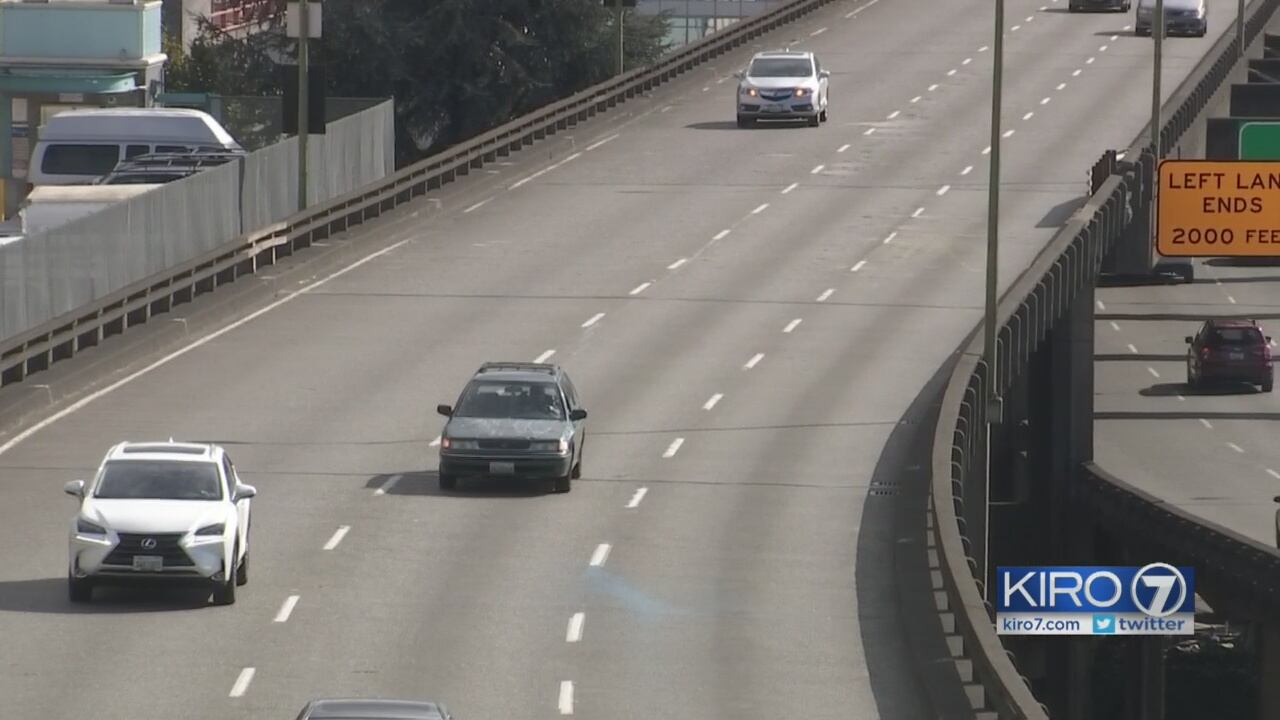With hundreds, perhaps thousands of Seattle residents within earshot of the Alaskan Way Viaduct, a plan for its demolition could have far reaching impacts.
The Washington State DOT plans to demolish the viaduct as part of the ongoing project to put the viaduct roadway underground and remake Seattle’s waterfront.
To make sure the demolition happens on a timetable suitable for the state transportation department, some loud work could stretch into the evening, which is why the agency has applied for a noise variance for the demolition.
Scroll down to continue reading
Trending headlines
- Two snowboarders missing on Mt. Baker with heavy snow in forecast
- 5 dead in California shootings; 2 children wounded
- School district suspends woman's service dog handler privileges
- Jayapal asks AG Sessions: Do you agree with Trump that intelligence officials are 'political hacks'?
- Parents of twins find out they're expecting triplets
It’s an issue that will be decided by the City of Seattle, and on Tuesday the city took some of the last public comments on the proposal. Some were not shy with their feelings of having to listen to loud construction until 10 p.m.
The demolition of the viaduct could take approximately a year altogether. For the thousands of people living in buildings up against the waterfront and viaduct, noise would be right outside their windows.
The WSDOT plan is to take the viaduct down in pieces. Only the building in the immediate vicinity of that work would deal with the noise for a month or more before crews move on to the next segment.
One woman who came to Tuesday’s public hearing spoke up for the hundreds of tenants living in her building, saying they simply did not want to be sleepless in Seattle.
Officials on hand did say that loud work normally limited from 8AM to 5PM could stretch from 7AM to 10PM on weeknights. There would also be overnight work.
Earl Johnson lives near the waterfront and actually supports the project, but also understands the implications of having heavy impact work lasting into the evening.
“I know what a hydraulic jackhammer sounds like, it's a lot to ask people to listen to that until 10 O'clock at night.”
Project officials did say that the limit for how loud the noise could be is 90 decibels, which could sound like an average food blender. That level of noise would be outside the windows of residents and offices on the waterfront.
Lou Loos says he’s already been living with viaduct noise, and then construction that’s run its course already, months of loud construction into the evening is not something he wants.
“I don't want to be a thorn in the side I would like to know how many people here (at the meeting) live within 30 feet of the viaduct when that thing happens you're going to feel it.”
Planners said running jackhammers and heavy demolition equipment a few more hours a day would help the project finish faster. Loos says his only solution to the noise is an escape.
“If they would like to relocate us that would be fine.”
Project managers say sound barriers may not be practical since buildings are so close.
The city of Seattle will decide whether WSDOT will get to do loud work late, in its variance.
The demolition is slated to begin in a little over a year January 2019.
Trending headlines
- Two snowboarders missing on Mt. Baker with heavy snow in forecast
- 5 dead in California shootings; 2 children wounded
- School district suspends woman's service dog handler privileges
- Jayapal asks AG Sessions: Do you agree with Trump that intelligence officials are 'political hacks'?
- Parents of twins find out they're expecting triplets
Cox Media Group








